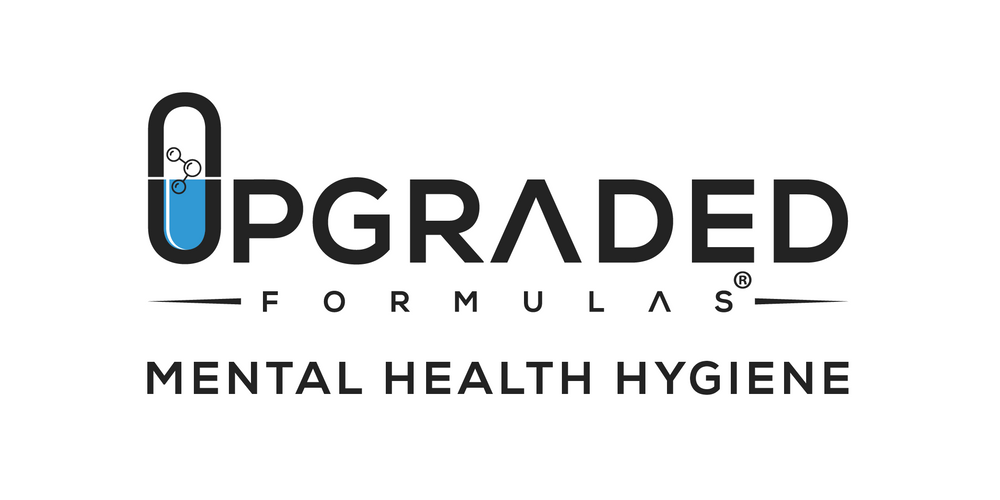How Do You Get Lead Toxicity?
Introduction
Despite stringent regulations and increased awareness of its hazards, lead toxicity remains a pervasive toxic threat in the modern world. Efforts to reduce lead exposure have been significant, yet the element's presence persists across various industries and products, underlining the ongoing challenge of mitigating its risks.
The Effects of Lead Exposure
Lead exposure is associated with a multitude of adverse health effects, which include but are not limited to:
Neurological Effects:
Lead is known to target the nervous system, posing a severe threat even at minimal exposure levels. This is particularly detrimental in children, potentially causing developmental delays, diverse learning disorders, diminished IQ, attention deficits, and varied behavioral problems. In adults, the neurotoxic effects of lead may manifest as cognitive dysfunction, loss of memory, and various mood disorders.
Cardiovascular Effects:
Research indicates a strong correlation between lead exposure and the elevation of blood pressure, heightened risk of heart disease, and an increase in the incidence of stroke. Lead accumulates in the circulatory system and can cause inflammation and oxidative stress, resulting in significant cardiovascular damage.
Renal Effects:
Lead toxicity can severely impair kidney function, hampering the organ's ability to filter and eliminate waste. Prolonged exposure may precipitate kidney disease and related disorders. Additionally, lead can raise uric acid levels, potentially leading to gout.
Hormonal Effects:
Lead negatively impacts reproductive health in both genders. Men may experience a decline in sperm quality and fertility, while women exposed to lead during pregnancy face an elevated risk of miscarriage, premature delivery, and fetal development issues. Moreover, lead can disrupt thyroid health by displacing iodine, which is crucial for thyroid hormone production, affecting the body's capacity to utilize thyroxine.
Hematological Effects:
Lead disrupts hemoglobin synthesis, a key component of red blood cells responsible for oxygen transport. This interference can result in anemia characterized by fatigue, weakness, and additional health complications.
Gastrointestinal Effects:
The presence of lead can provoke the gastrointestinal tract, causing symptoms like abdominal pain, nausea, vomiting, and constipation.
Bone Effects:
Bones can serve as a reservoir for lead accumulation over time. Chronic exposure may impair bone mineralization, provoke joint discomfort, and increase the risk of osteoporosis. Due to lead's ability to mimic calcium, it can deceptively project increased bone density on X-rays, posing diagnostic challenges.
Behavioral Effects:
Lead has been linked to behavioral modifications, with documented cases showing increased aggressive tendencies, impulsivity, and antisocial behavior. These changes are partially attributed to lead's ability to inhibit neurotransmitter production enzymes, such as dopamine and norepinephrine.
Understanding the many health risks posed by lead underscores the importance of minimizing exposure and implementing safety measures, especially for vulnerable populations like children and pregnant women.
Common Sources of Lead Exposure
The critical inquiry arises: where is lead encountered, and can it evade its presence entirely? Lead is prevalent in a variety of everyday items, including but not limited to:
Beauty Products:
A surprising source of beauty products encompasses a wide range of items such as lipsticks, hair dyes, eyeshadows, and various types of inks, including those used for tattoos and nail polishes.
Food:
The FDA has noted that lead can find its way into food through environmental sources where it is cultivated. This presence is influenced by the soil's natural composition and its proximity to sources of lead contamination. Lead usage in paint, gasoline, plumbing, and numerous other products has historically contributed to environmental contamination. Despite reducing lead in commercial and industrial applications, it persists in some products, particularly those manufactured abroad. For example, while contemporary canning processes have mostly eliminated lead soldering, imported cans might still contain lead. Foods, particularly supplements derived from animal sources like collagen and bone broth, might also exhibit high lead levels due to the element's tendency to accumulate in bone tissue.
Industry:
Lead is a component in producing lead-acid batteries, the smelting sector, and was formerly used in gasoline.
Water:
In homes and buildings, particularly older constructions, lead can infiltrate drinking water systems through lead-containing pipes, solder, and fixtures. The corrosion of these materials can introduce lead particles into the water supply, making it a potential source of exposure during consumption and food preparation.
Ammunition and Firearms:
Lead is often used in ammunition, including bullets and shotgun pellets. Consequently, shooting ranges and hunting grounds may experience heightened levels of lead in the soil and air due to these activities.
Identifying and understanding the familiar sources of lead exposure highlights the importance of vigilance and proactive measures to minimize contact and safeguard health, especially in environments with products that contain this toxic element.
Concept of Ionic Mimicry
While strides have been made in mitigating lead exposure, it's evident that further efforts are necessary to minimize its pervasiveness significantly.
However, it's important to remember that lead exposure isn't the sole contributor to toxicity. Another facet of the issue is ionic mimicry, which can indirectly compound toxic effects. Ionic mimicry transpires when the body lacks essential minerals or when these are present at suboptimal levels, leading to the substitution of these nutrients with others, like metals, in enzymatic processes and protein formations. This doesn't necessarily occur because the individual is excessively exposed to a metallic environment. Instead, it's a testament to the body's unceasing efforts toward survival and maintaining functionality, even under suboptimal circumstances. It implies that the body may permit metals, bearing semblance to essential minerals in molecular weight or functionality, to act as temporary substitutes without better resources.
Lead Antagonists: The Protective Nutrients
Minerals such as phosphorus, calcium, copper, chromium, magnesium, selenium, iron, and zinc, vitamins C and E, and adequate dietary protein protect against lead accumulation in the body. When these essential nutrients are present at optimal levels, the body lacks the propensity to retain lead. This reduced proclivity for lead accumulation stems from the body's lack of necessity to substitute essential minerals with harmful substances, thereby safeguarding against the adverse effects of lead toxicity.
Fortuitously, our store offers an assortment of essential nutrients that can help safeguard against lead accumulation. If you believe you may benefit from an additional intake, we encourage you to explore our available products:
Upgraded Calcium
Upgraded Chromium
Upgraded Copper
Upgraded Iron
Upgraded Magnesium
Upgraded Selenium
Upgraded Zinc
Consider incorporating these into your regimen to bolster your body's resources and support your overall health.
Conclusion
Navigating the pervasive threat of lead toxicity in the modern world can be daunting, as informed as we are about its myriad sources and profound health implications. However, recognizing your body's tactics to survive with suboptimal nutrient availability—such as ionic mimicry—provides a path forward. The key to minimizing lead accumulation is harnessing this strategy to your benefit, ensuring ample availability of essential nutrients to avoid undesirable substitutions. Protective agents against lead like phosphorus, calcium, copper, chromium, magnesium, selenium, iron, zinc, vitamins C and E, and dietary protein not only help preempt lead's toxic tricks but bolster overall health. With vigilance and proactive measures, it is possible to mitigate the risks associated with lead exposure, turning the knowledge of dangers into the power of prevention.
Nonetheless, the optimal approach involves conducting a Hair Tissue Mineral Analysis (HTMA) to assess and rebalance your body's broad spectrum of minerals. The journey to equilibrium transcends simply supplementing deficiencies or eliminating excesses—it's considerably more complex! If you're eager to explore whether you're affected by lead toxicity and discover actionable steps to address it, schedule your HTMA with us today!
Barbara Madimenos
Hair Tissue Mineral Analysis Practitioner
Functional Diagnostic Nutrition Practitioner
Integrative Nutrition Coach


